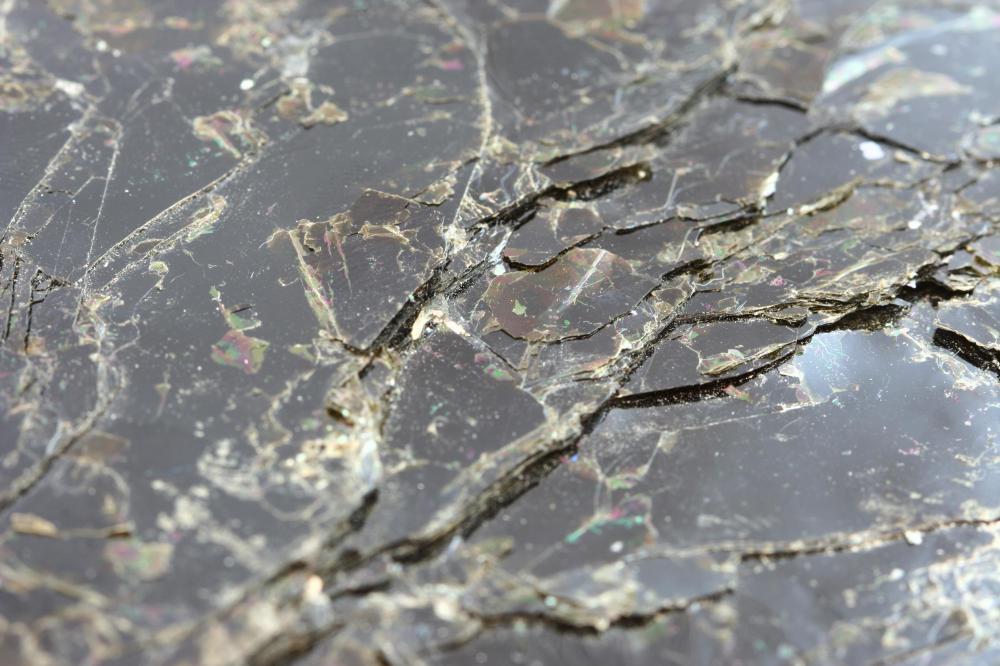At BeautyAnswered, we're committed to delivering accurate, trustworthy information. Our expert-authored content is rigorously fact-checked and sourced from credible authorities. Discover how we uphold the highest standards in providing you with reliable knowledge.
What Are the Most Common Eyeshadow Ingredients?
While makeup formulations will vary with different brand names and products, the basic fundamental eyeshadow ingredients tend to remain the same. The bulk of eyeshadow is made up of a base filler, such as talc or mica. Binders like zinc and magnesium are then added to help the eyeshadow adhere better to the skin. Mica pigments are incorporated and blended together until the desired appearance is reached. Finally, a preservative such as glycol or tocopherol is added to help preserve the eyeshadow ingredients and keep them from going bad.
The first step in making an eyeshadow is creating a base. Filler materials are the primary ingredients in most bases, as they tend to give the formula some volume and allow the other eyeshadow ingredients to blend well together. Cosmetics-grade talc and mica are the most common choices, but kaolin clay is also used. For creamy bases, waxes and oils are often added to the other fillers. Common cream base ingredients include beeswax, silicone, shea butter, castor oil, and jojoba oil.

After creating a base, binders are added. Binders are used to give the eyeshadow ingredients a way to stick to the skin and give the wearer lasting coverage. Derivatives of zinc and magnesium are the most common choices for this task. For added staying power, using a creamy eyeshadow is recommended, because the waxes and oils used help the shadow bond better with the skin.

To give the eyeshadow its color, pigments are added. The most common way to incorporate colors into cosmetics is to blend mica pigments into the formulas. Mica pigments come in a vast variety of different shades, and they can be blended with one another to create multifaceted looks. For example, blue and green mica pigments can be blended to create a turquoise effect. In ancient times, crushed gemstones were often used to create dramatic palettes.

Other ingredients, such as bismuth oxychloride, silica, boron nitride, and dimenthicone, may be added to powdered shadows to help them glide better during application to the eyelid, but these are completely optional. Most formulas also contain either glycol or tocopherol to help preserve the eyeshadow ingredients and prevent harmful bacteria from growing. It should be noted that claims have been made stating that certain common cosmetic ingredients may be harmful to the skin. A few of the ingredients in question include talc, bismuth oxychloride, and dimenthicone.
AS FEATURED ON:
AS FEATURED ON:















Discuss this Article
Post your comments